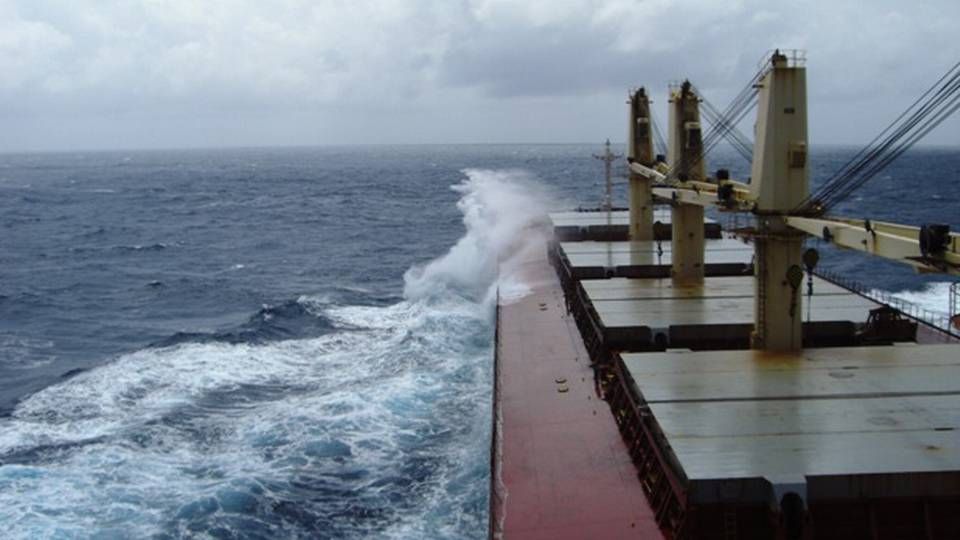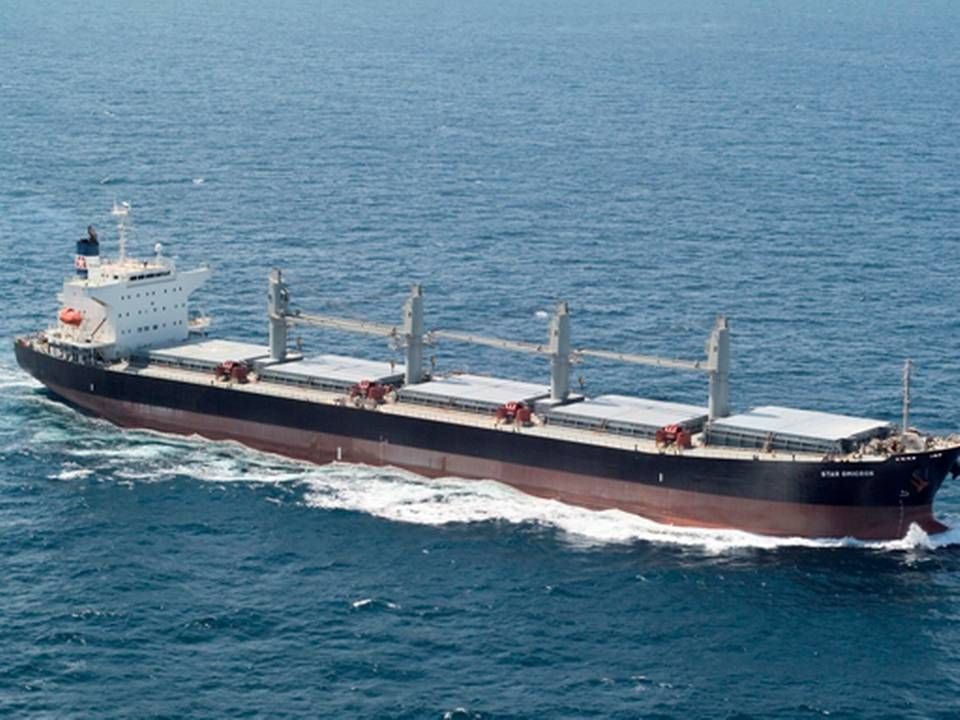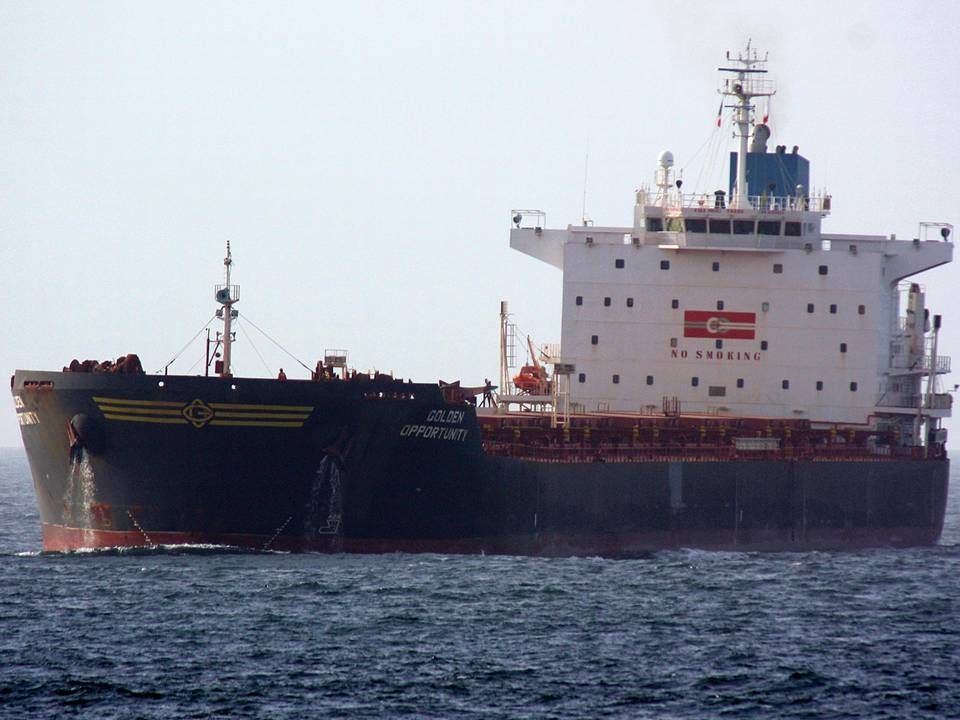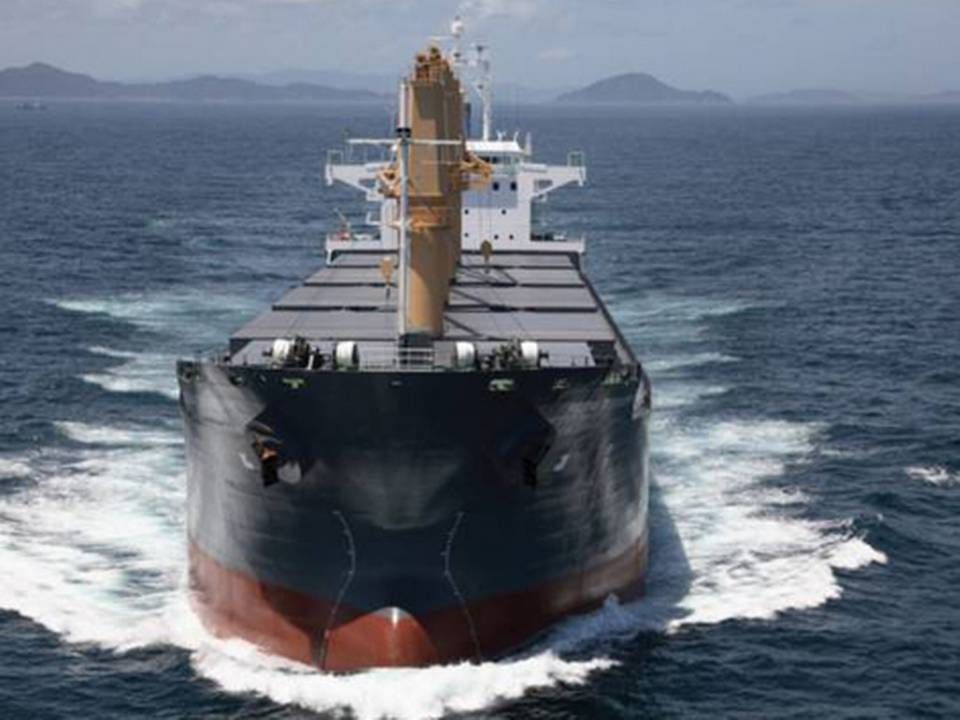Analysts: New sentiment arriving to dry bulk

According to several shipping analysts, a change of attitude seems to be on its way for the long-suffering dry bulk shipowners, who may now be on their way out of the darkest hole in 30-40 years - the hole that the entire industry plunged into against all expectations back in 2014.
The visible shift in sentiment is supported by the recent recovery in the trend-setting Baltic Dry Index which has crawled above 1100 points. This is still far from a level which most people would call sustainable, but everyone in the dry bulk industry is on the lookout for even the smallest bright spots.
Try a free 40-day trial subscription to ShippingWatch
Wednesday this week, the spot rates for the dry bulk industry's major workhorses, the Capesize vessels, increased 4.4 percent to USD 15.894 per day. Earlier this year, the rates for these vessels were around USD 4,000 for a long period, which can barely cover operating costs.
Shipping analyst Amit Mehrota of Deutsche Bank in New York - one of the most critical analysts towards a number of listed dry bulk companies on Wall Street in the last six months - has talked about an budding change of attitude several times.
The improved rates mean that the dry bulk carriers are finally able to cover the operating costs, and several are speedily headed towards cash break even.
"This development will help significantly reduce the cash burden of all dry bulk shippers, and should stabilize asset values which will provide additional breathing room for companies with large newbuilding acquisition programs. On the negative side it may delay, or erase altogether, a more pronounced recovery in 2017, as the current improved rate environment disincentivizes additional scrappage," wrote Amit Mehrota in a note a few days ago.
Try a free 40-day trial subscription to ShippingWatch
Macquarie also supports these expectations in a new note according to the Wall Street Journal on Thursday. The explanation is that the amount of iron ore and other dry bulk products are now surpassing the capacity in the market as well as the new tonnage.
Macquarie notes that the dry bulk industry has left the low point, because the shipowners are no longer sending those volumes of new ships into the market. In the first half of 2015 total capacity grew by less than one percent.
According to Macquarie, the implementation of purely survival strategies has been a big contributor to the seeming halt of the decline in the industry.
Mining companies compete intensely for Chinese market
Many shipowners are also pegging their hopes to the significant growth in scrapping of aging dry bulk vessels.
"The most positive thing right now is the large-scale scrapping of vessels currently taking place, while no new ships are being contracted. This part of the dry bulk market is healing itself somewhat quicker than most observers probably expected at this time. If this development continues for the next six months, the scrapping will accelerate while the influx of new ships stands at virtually zero," said Herman Billung, CEO of the dry bulk carrier Golden Ocean, to ShippingWatch in May.
Deutsche Bank projects small recovery in dry bulk
Golden Ocean: Scrapping and no newbuildings are upside in bulk





















